Researchers at Berkeley Lab played a key role in an analysis of data from the world’s largest particle collider that found proof of rare, high-energy particle interactions in which matter was produced from light.
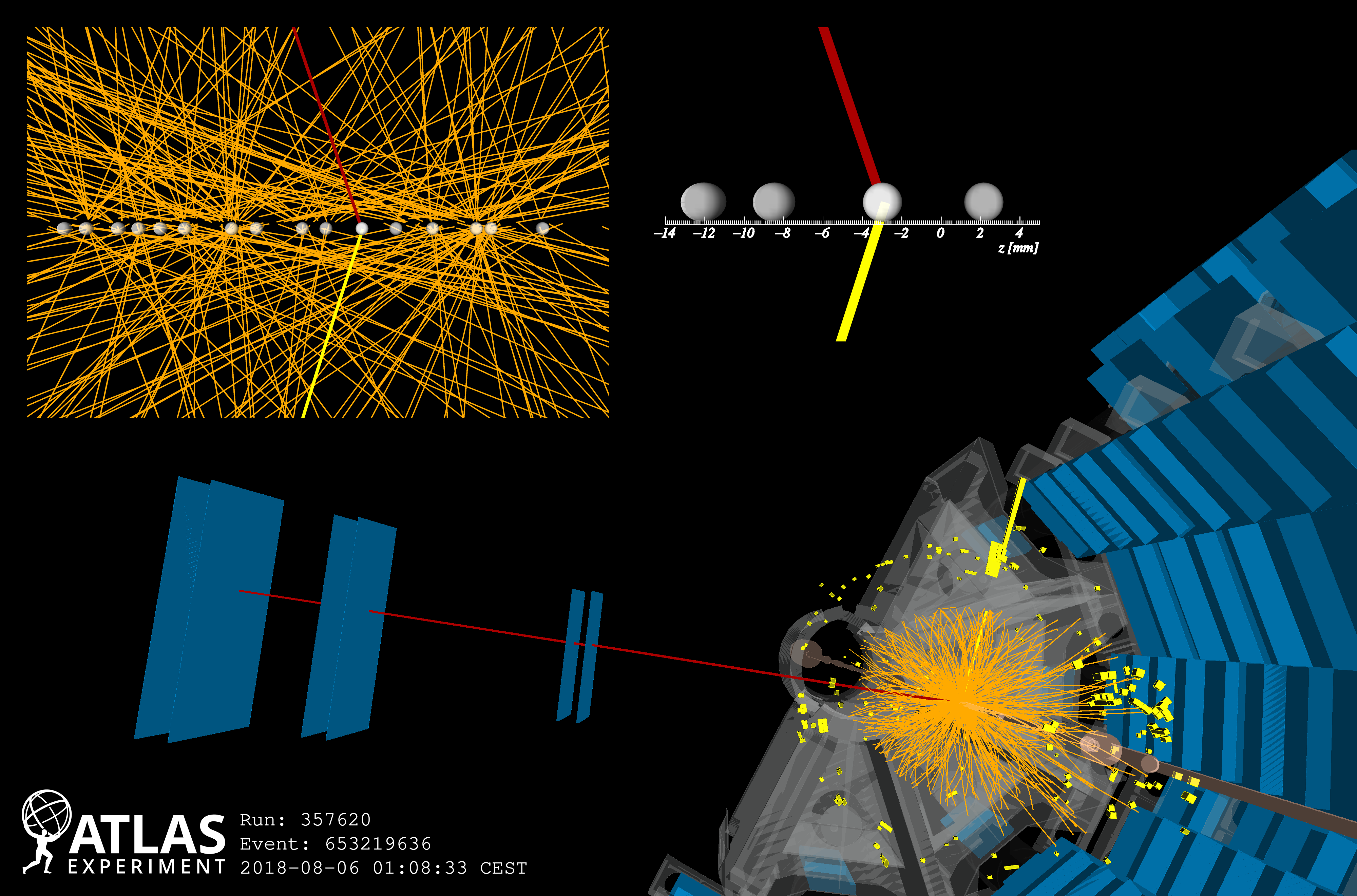
news, journals and articles from all over the world.

Researchers at Berkeley Lab played a key role in an analysis of data from the world’s largest particle collider that found proof of rare, high-energy particle interactions in which matter was produced from light.
View Berkeley Lab from the sky in this aerial video, which features drone footage taken earlier this year by Thor Swift, lead photographer in Berkeley Lab’s Creative Services office of the Information Technology Division. The video was produced by Marilyn Sargent, a multimedia producer in the Strategic Communications department.
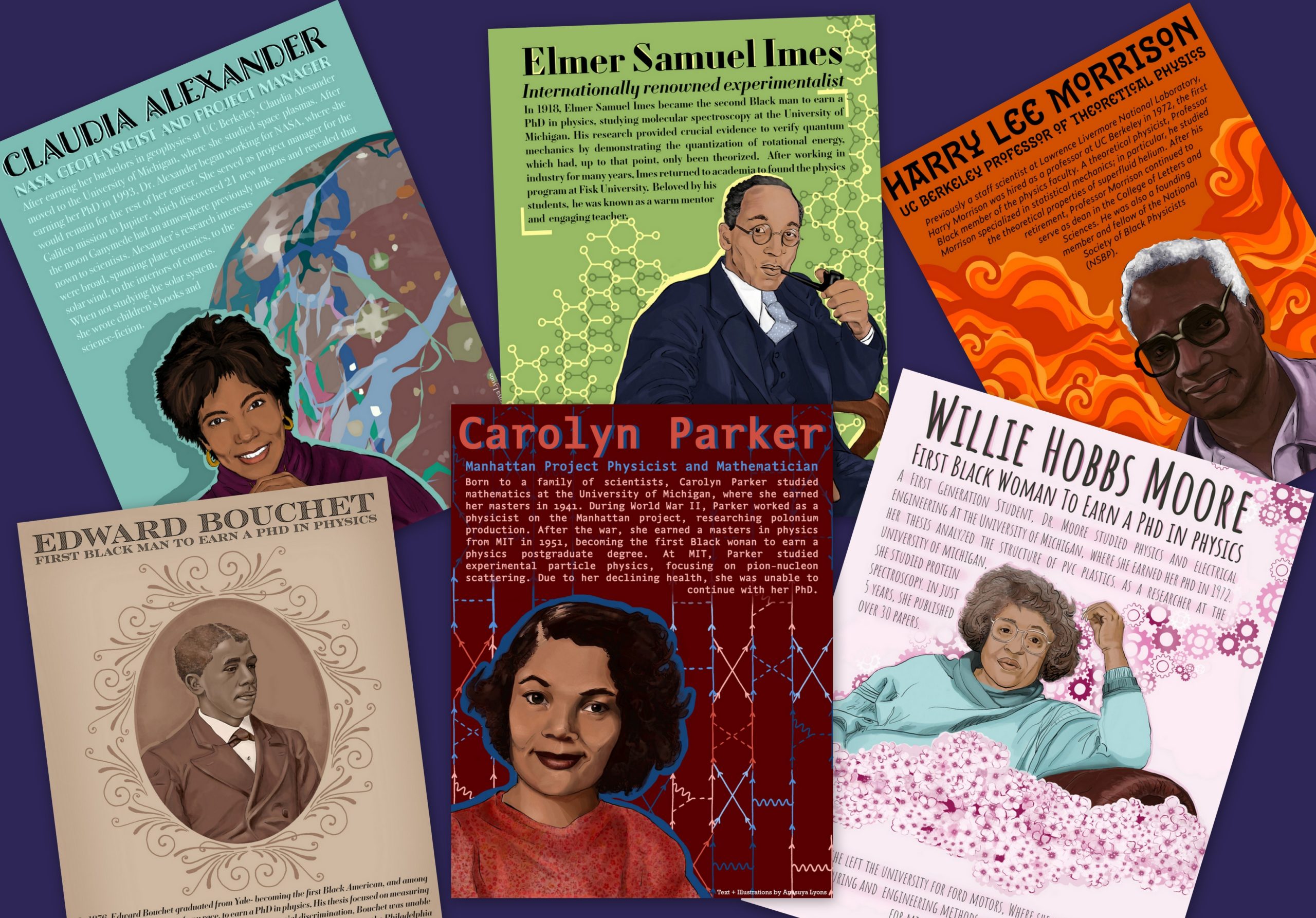
Inspired by the nation’s grappling with issues of race and racial discrimination, UC Berkeley physics major and Berkeley Lab student assistant Ana Lyons turned to art as a way to contribute to the conversation.

In ECS series, The ECS Community Adapts and Advances, Dr. Marca Doeff describes San Francisco traffic and her commute to work – which to her surprise, she misses! – developing coping skills, and new research funding opportunities amidst the COVID-19 pandemic.
Follow the ECS series, The ECS Community Adapts and Advances, here: https://www.electrochem.org/ecs-blog/tag/ecs-adapts-and-advances/
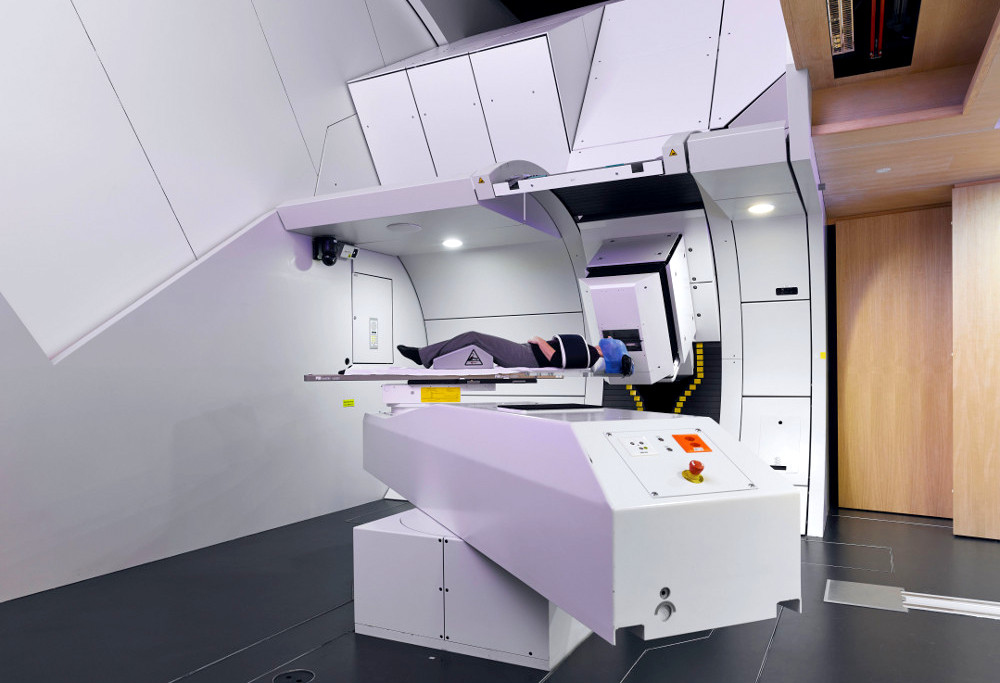
U.S. Department of Energy awards announced in July will advance Lawrence Berkeley National Laboratory (Berkeley Lab) R&D to develop a more effective and compact particle-beam system for cancer treatment, improve particle-beam performance using artificial intelligence, and develop a high-power, rapid-fire laser system for both tabletop and large-scale applications.
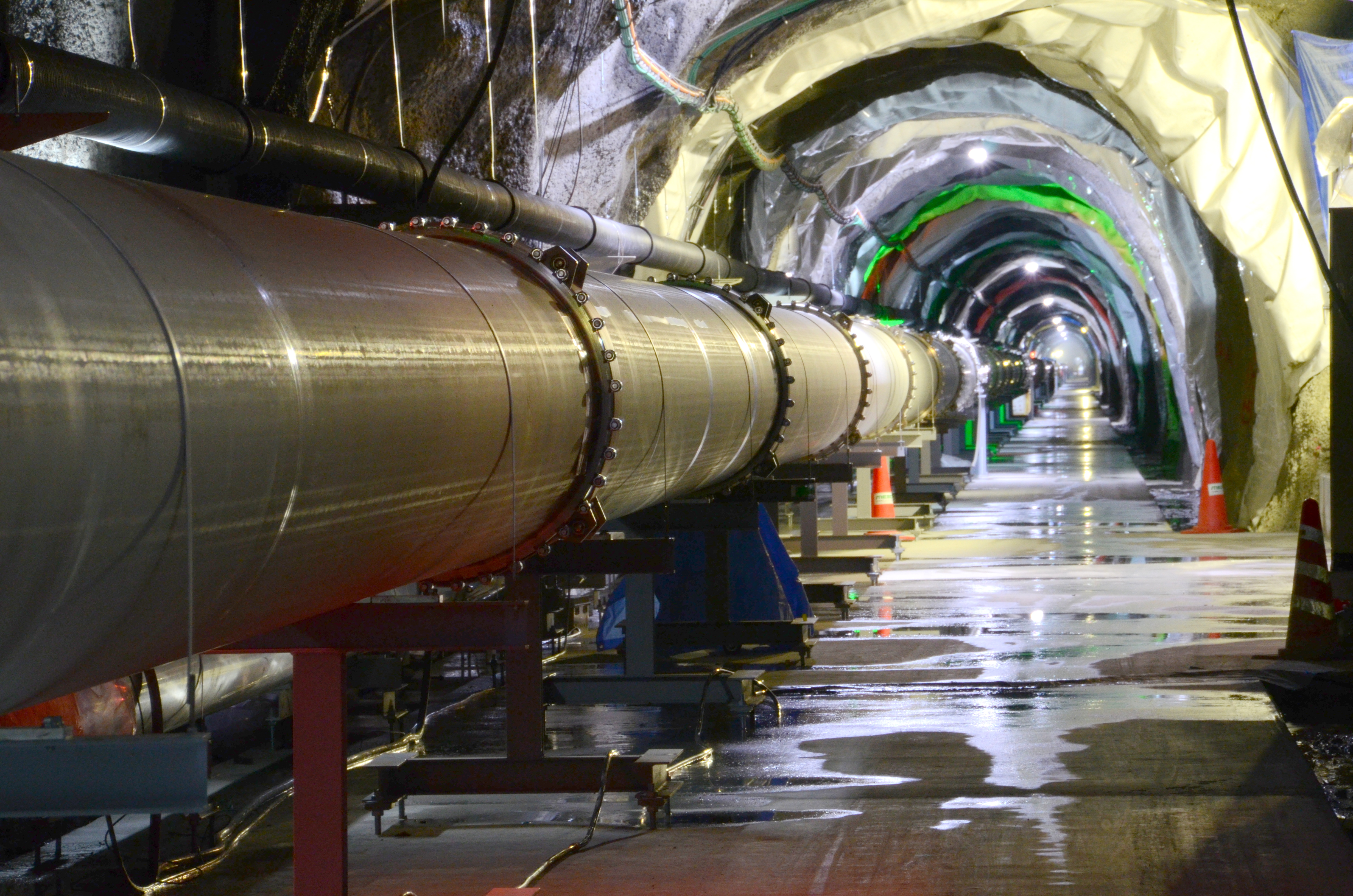
A new Physics Frontier Center at UC Berkeley, supported by the National Science Foundation, expands the reach and depth of existing capabilities on campus and at neighboring Berkeley Lab in modeling one of the most violent events in the universe: the merger of neutron stars and its explosive aftermath.
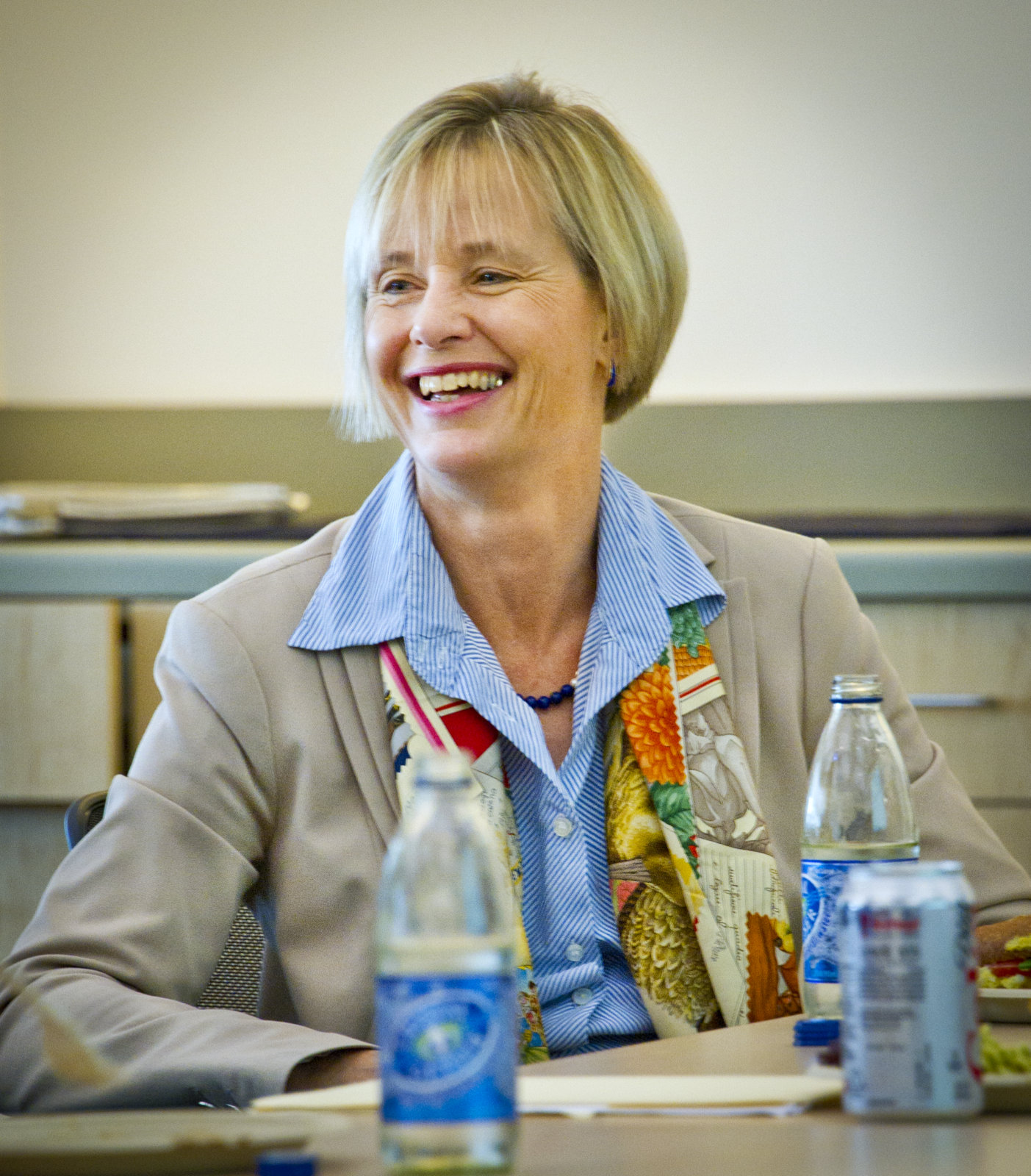
Natalie Roe, who joined Lawrence Berkeley National Laboratory (Berkeley Lab) as a postdoctoral fellow in 1989 and has served as Physics Division director since 2012, has been named the Lab’s Associate Laboratory Director (ALD) for the Physical Sciences Area. Her appointment was approved by the University of California. The announcement follows an international search.
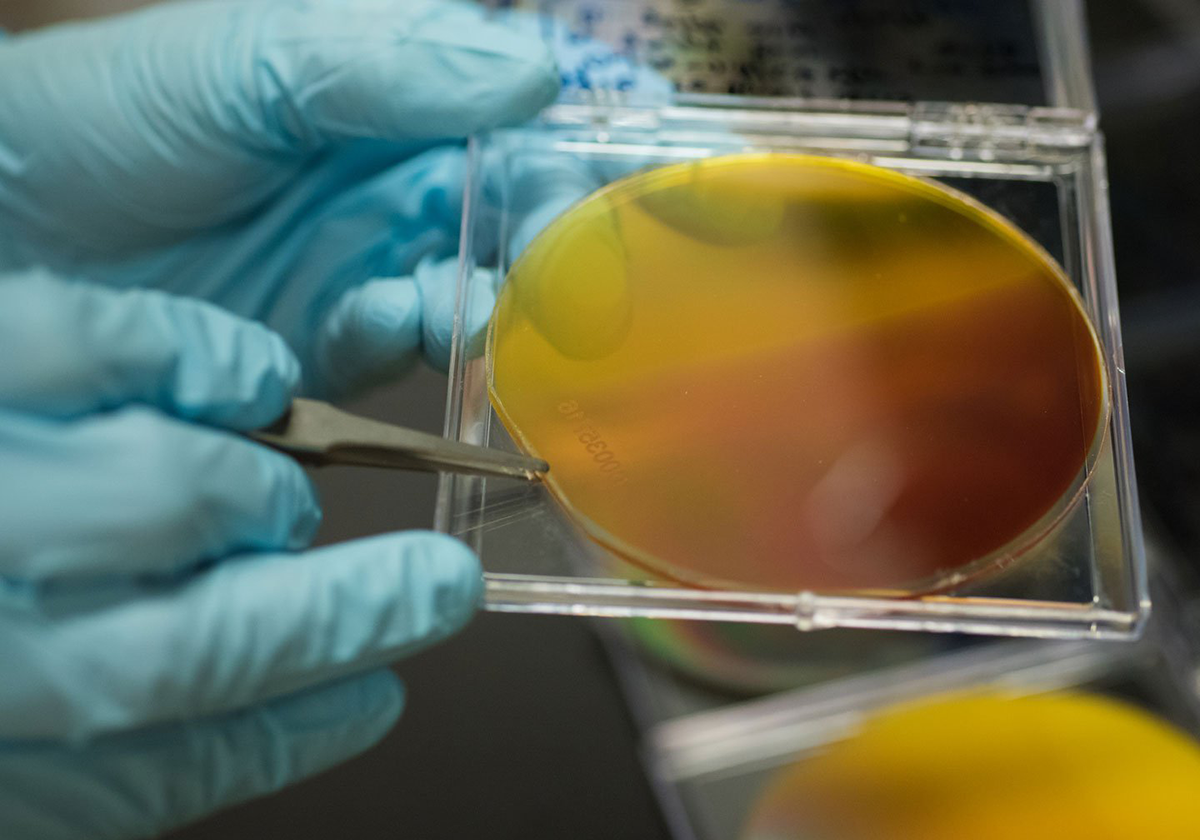
The Department of Energy has awarded $60 million to a new solar fuels initiative – called the Liquid Sunlight Alliance (LiSA) – led by Caltech in close partnership with Berkeley Lab. LiSA will build on the foundational work of the Joint Center for Artificial Photosynthesis (JCAP).
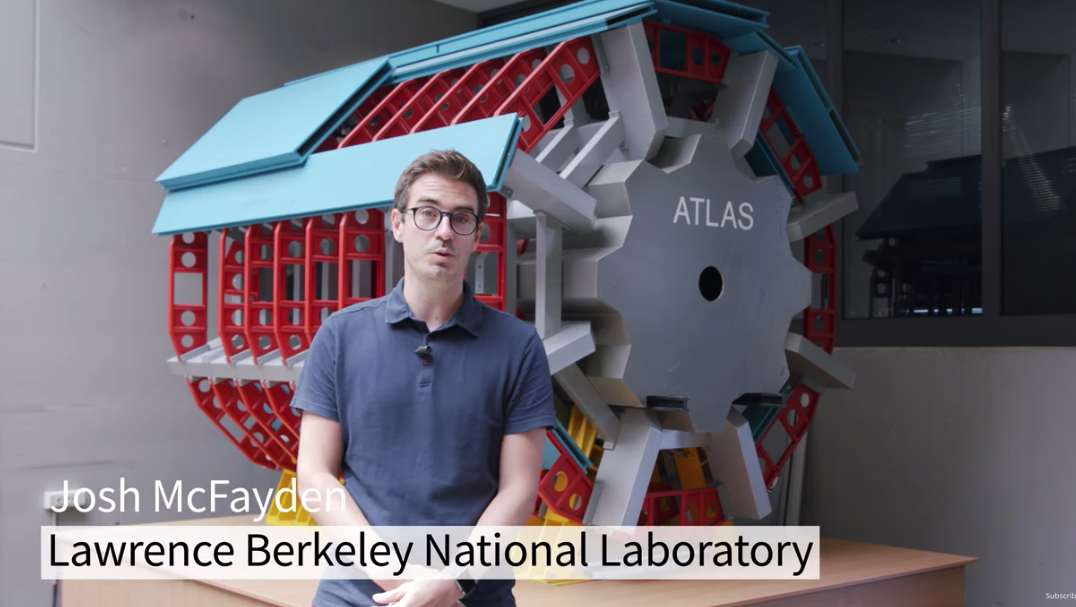
A new study dives into a decades-old discrepancy from a Standard Model of particle physics pillar known as “lepton flavor universality,” and provides strong evidence to resolve it.
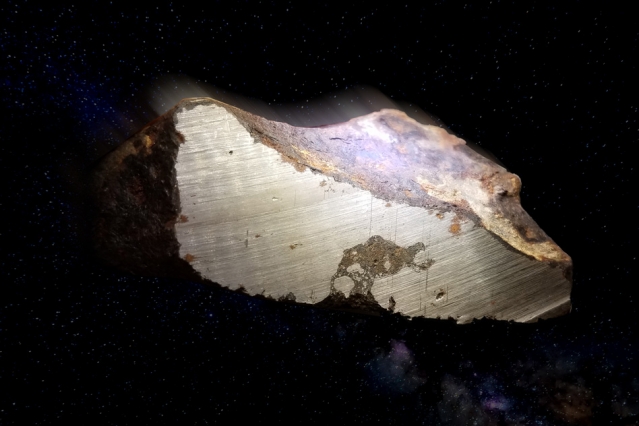
X-ray experiments at Berkeley Lab played a key role in resolving the origin of rare, odd meteorites that have puzzled scientists since their discovery a half-century ago. Known as type IIE iron meteorites, they appear to have originated from a parent body that had a composition featuring both fully melted and unmelted parts – other meteorite types display only one composition.

Nuclear physicists affiliated with Berkeley Lab played a leading role in analyzing data for a demonstration experiment in France that has achieved record precision for a specialized detector material.
A research team led by the Department of Energy’s Lawrence Berkeley National Laboratory (Berkeley Lab) has developed a technique that could lead to new electronic materials that surpass the limitations imposed by Moore’s Law.
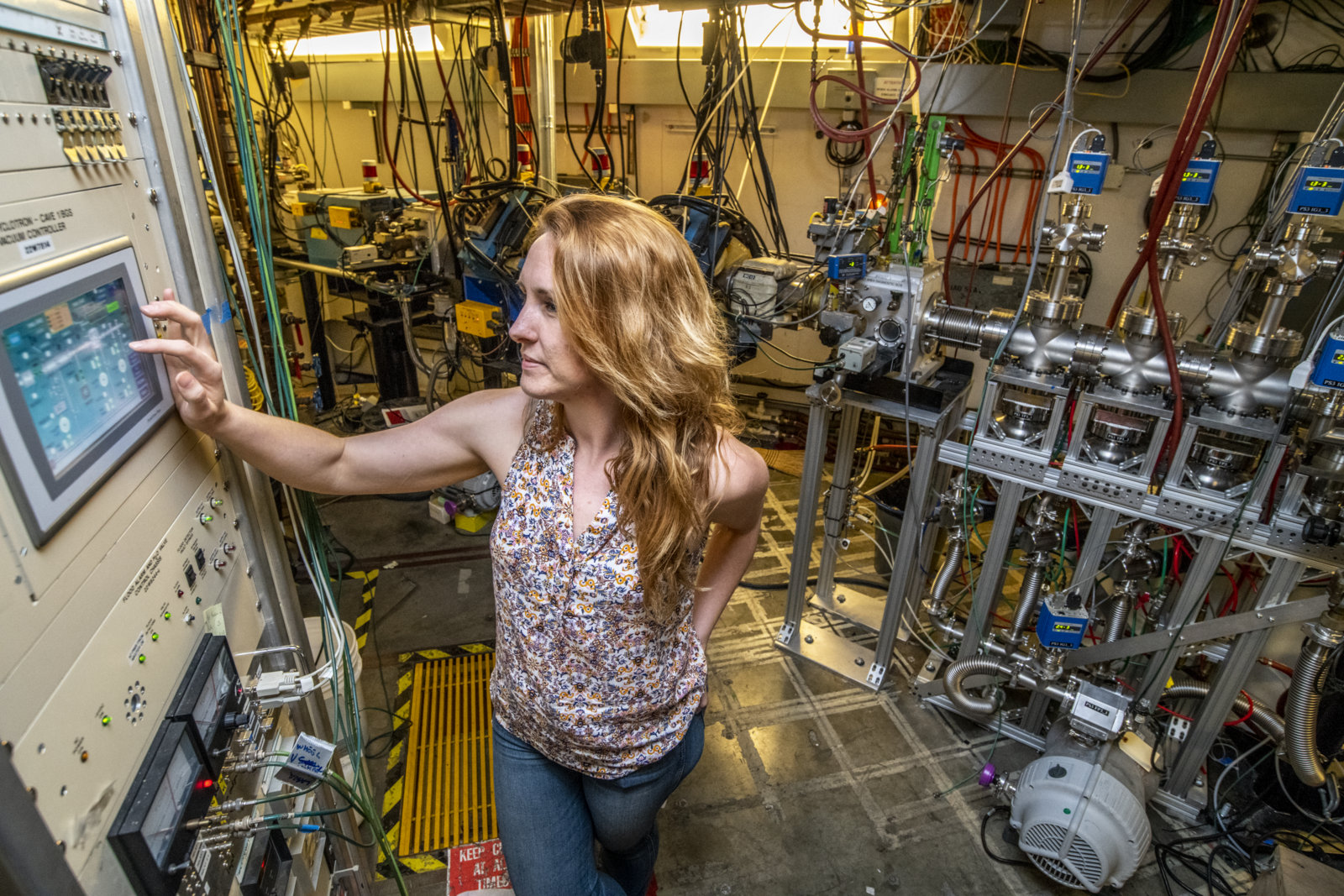
A team of scientists working at Berkeley Lab’s 88-Inch Cyclotron has discovered a new form of the human-made element mendelevium. The newly created isotope, mendelevium-244, is the 17th and lightest form of the element, which was first discovered in 1955 by a Berkeley Lab team.
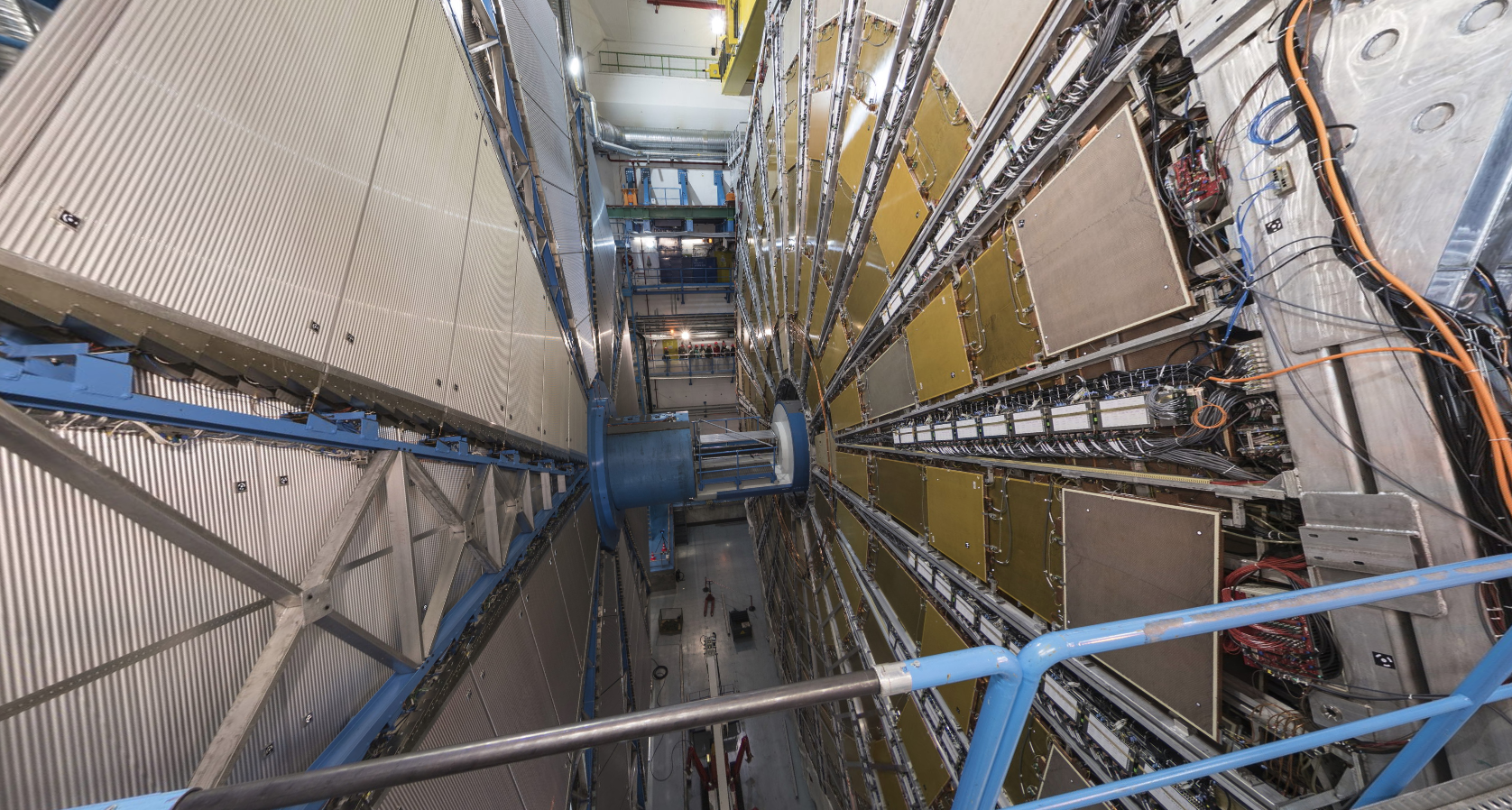
Marjorie Shapiro, an experimental particle physicist and faculty senior scientist at Berkeley Lab, has been accustomed to working remotely and observing extreme social distancing from some colleagues for years, given that the scientific experiment she supports is 5,800 miles away.
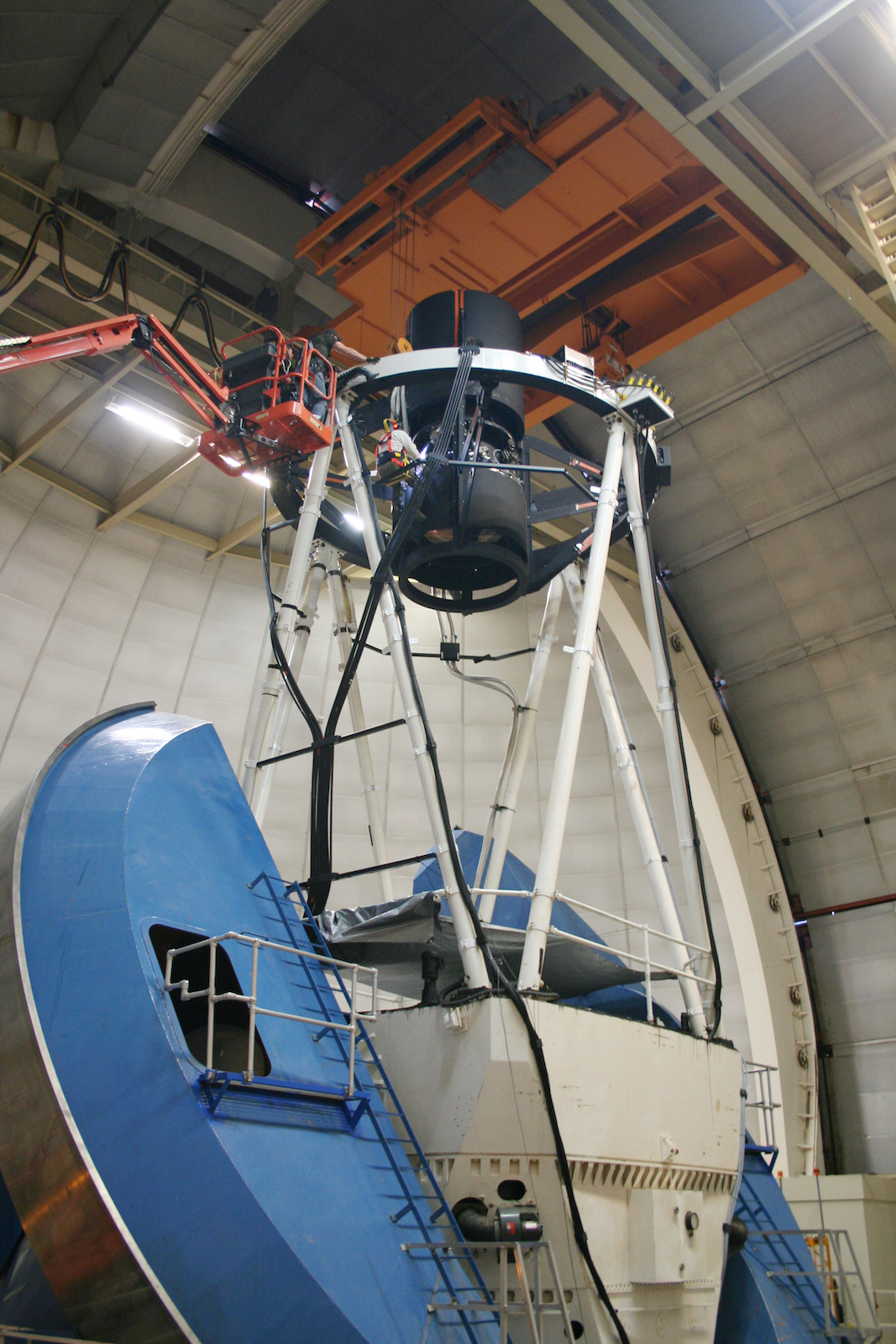
Even as the Dark Energy Spectroscopic Instrument, or DESI, lies dormant within a telescope dome on a mountaintop in Arizona, due to the COVID-19 pandemic, the DESI project has moved forward in reaching the final formal approval milestone prior to startup.
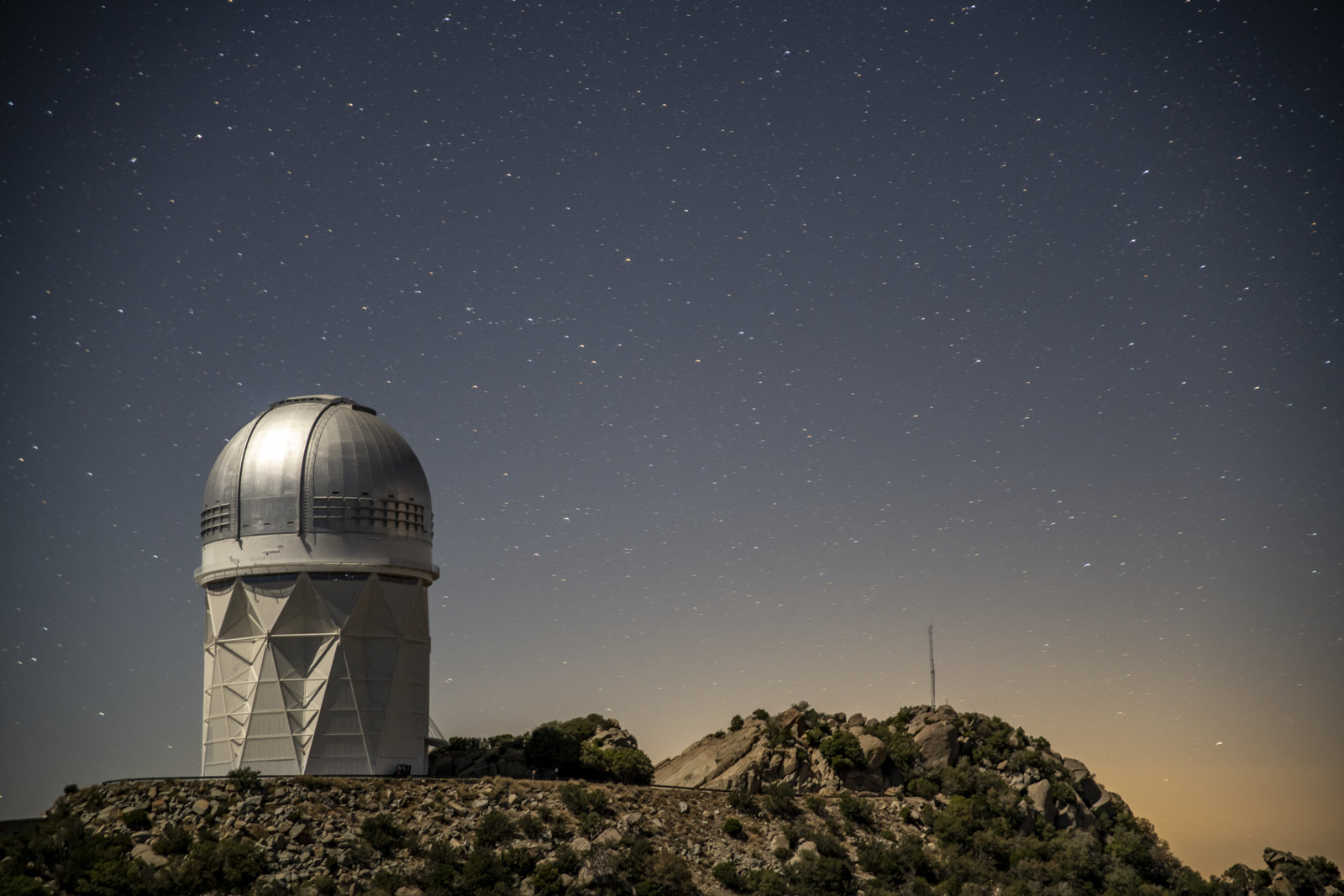
Despite a temporary shutdown of the Dark Energy Spectroscopic Instrument in Arizona – which was in its final stages of testing in preparation to begin mapping millions of galaxies in 3D when the pandemic struck – a variety of project tasks are still moving forward.
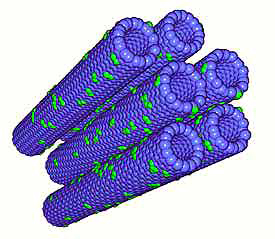
A technology spun from carbon nanotube sensors discovered 20 years ago by Lawrence Berkeley National Laboratory (Berkeley Lab) scientists could one day help healthcare providers test patients for COVID-19, the disease caused by the coronavirus SARS-CoV-2.
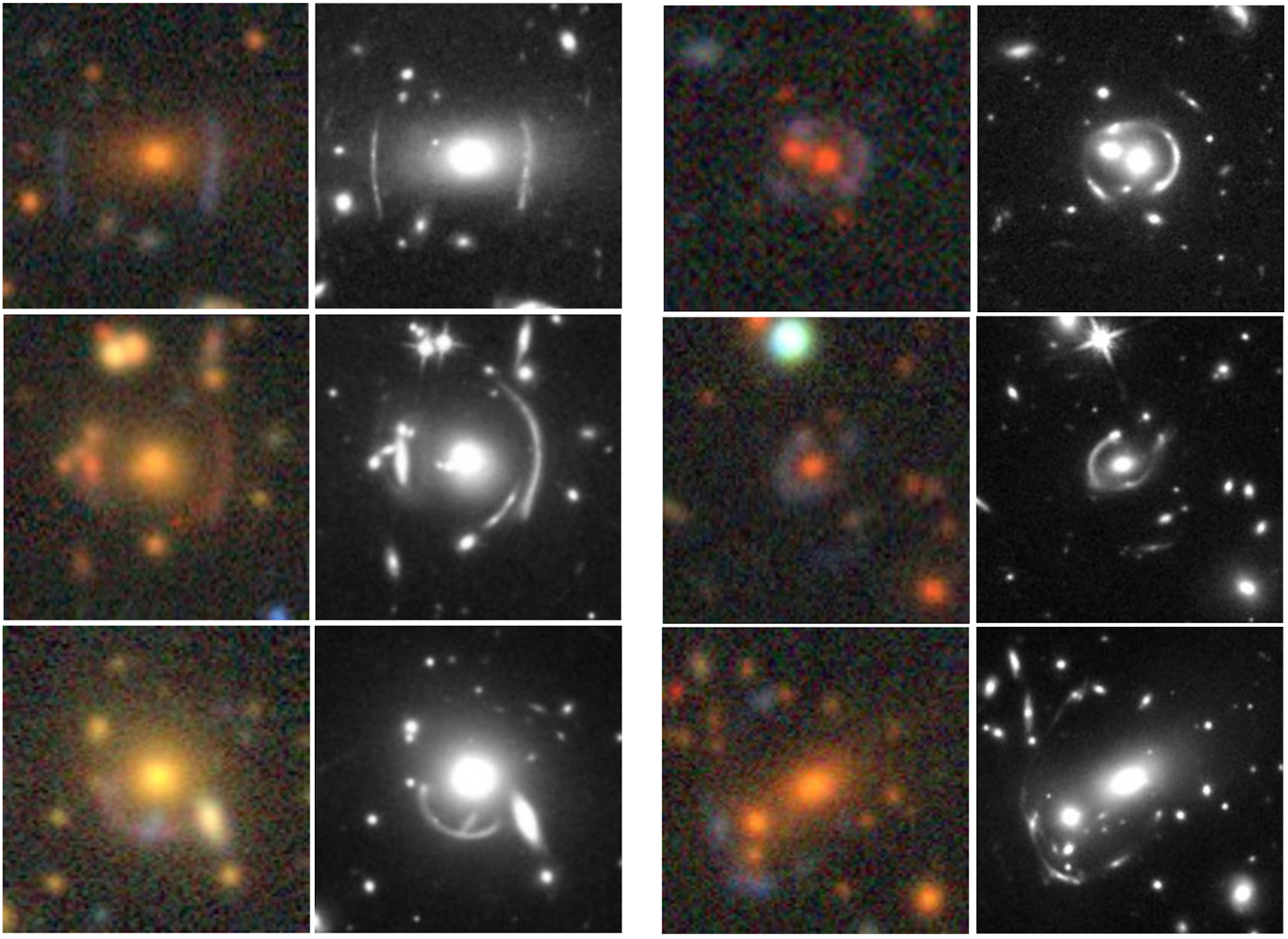
Like crystal balls for the universe’s deeper mysteries, galaxies and other massive space objects can serve as lenses to more distant objects and phenomena along the same path, bending light in revelatory ways. Gravitational lensing was first theorized by Albert…
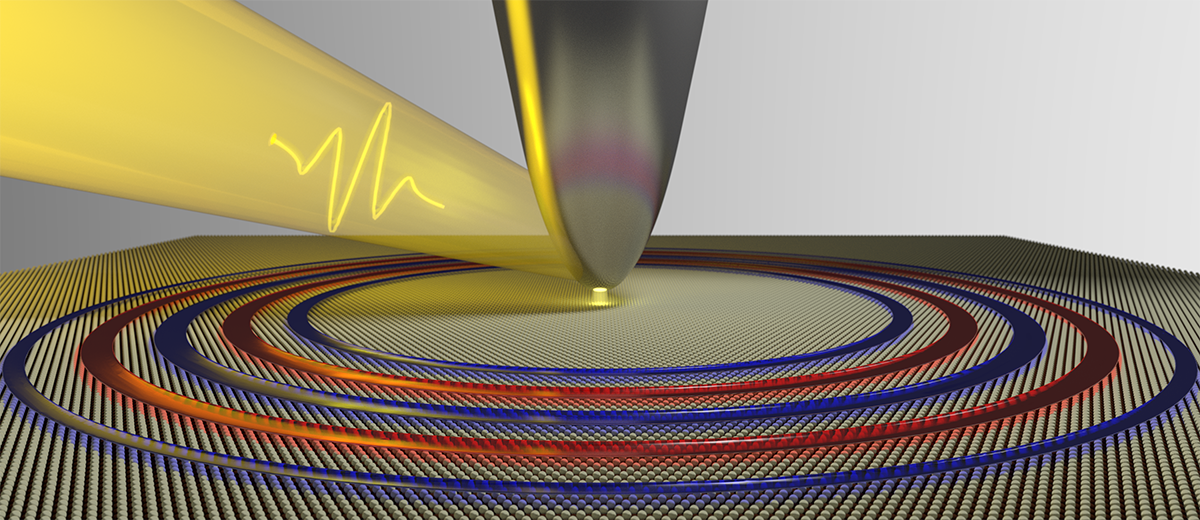
A team of researchers co-led by Berkeley Lab has observed unusually long-lived wavelike electrons called “plasmons” in a new class of electronically conducting material. Plasmons are very important for determining the optical and electronic properties of metals.
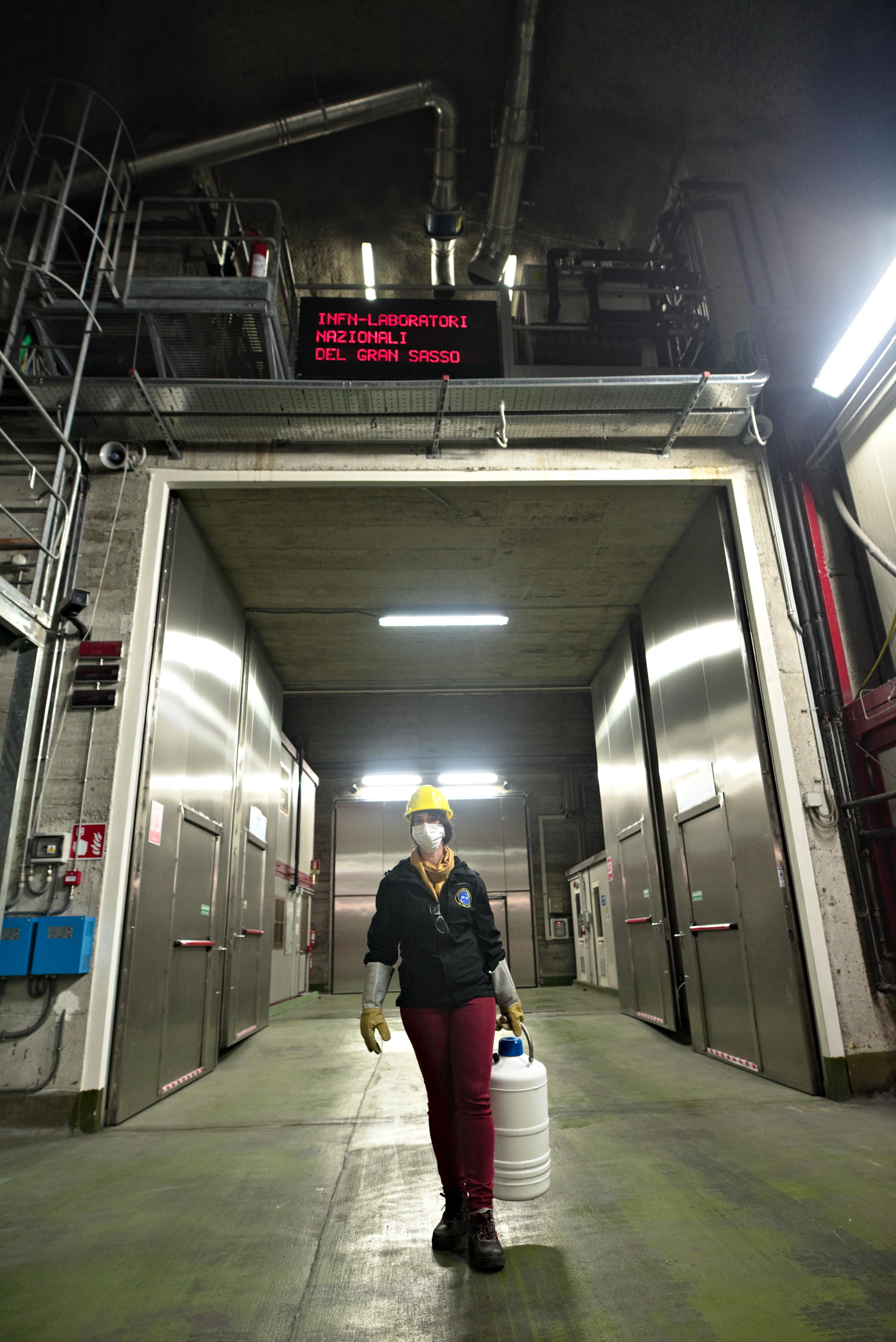
As the COVID-19 outbreak took hold in Italy, researchers working on a nuclear physics experiment called CUORE at an underground laboratory in central Italy scrambled to keep the ultrasensitive experiment running and launch new tools and rules for remote operations.
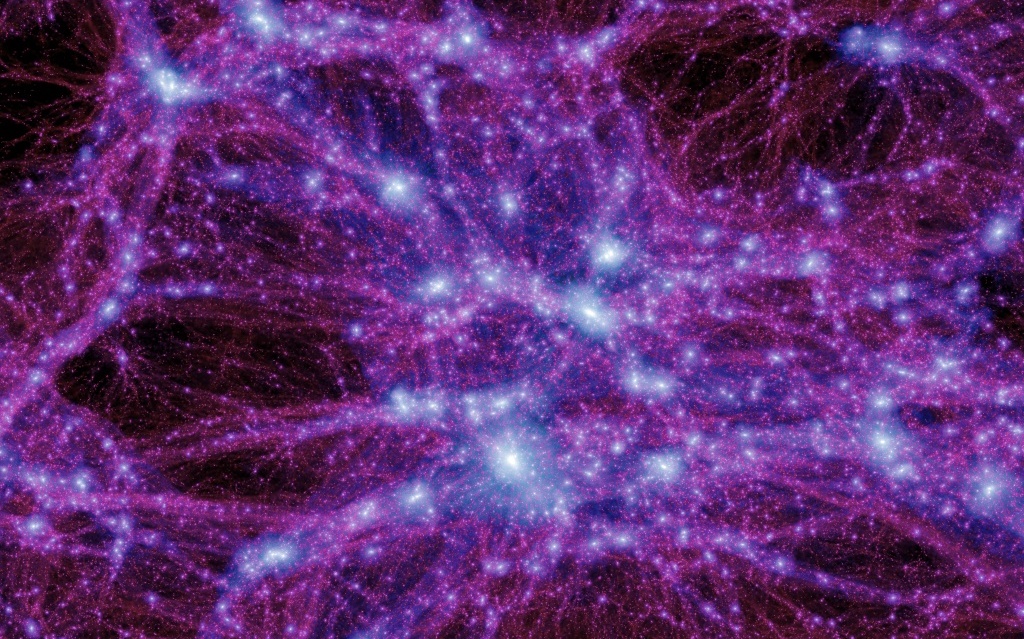
A new study, led by researchers at Berkeley Lab and UC Berkeley, suggests new paths for catching the signals of dark matter particles that have their energy absorbed by atomic nuclei.
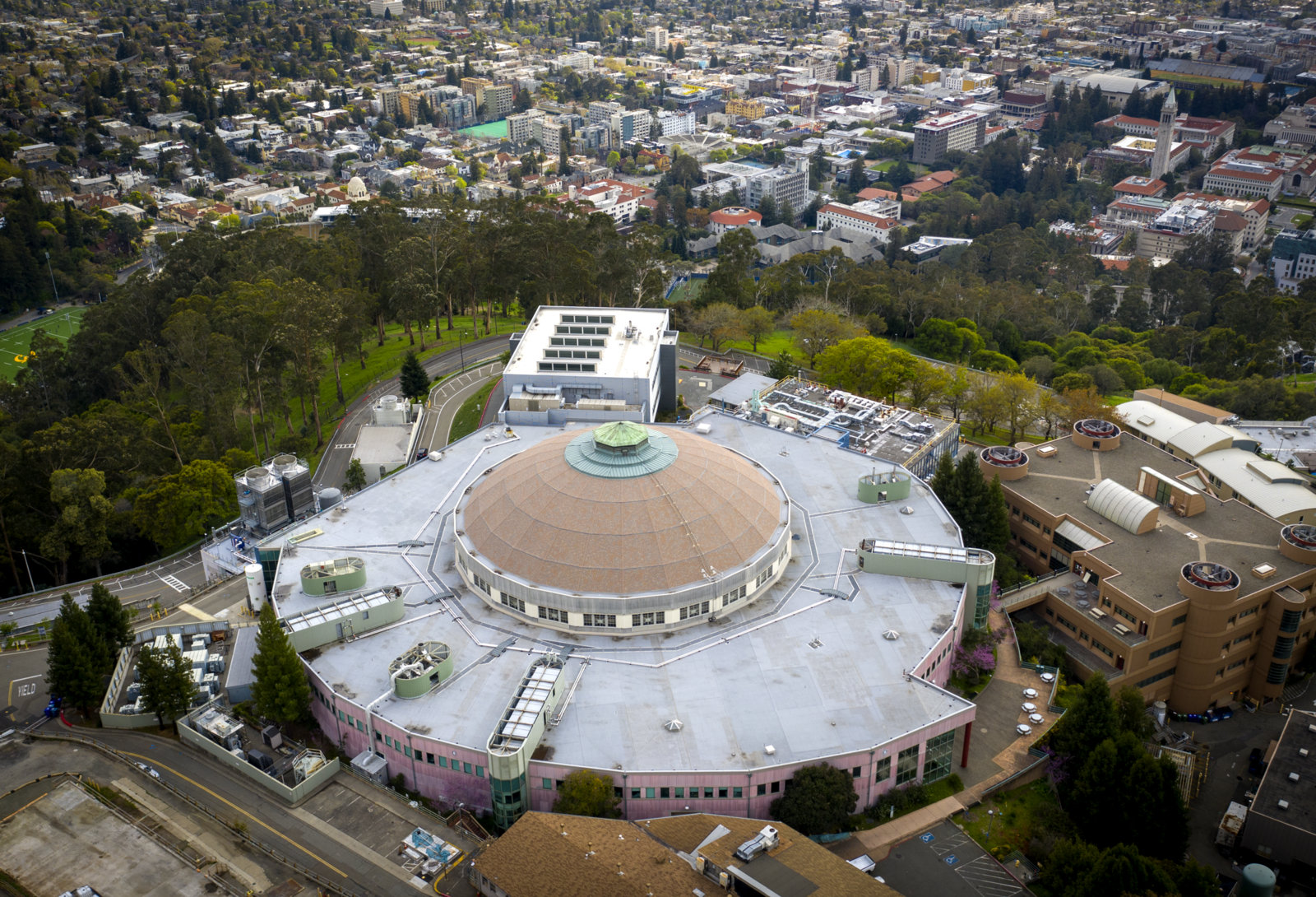
Berkeley Lab’s Advanced Light Source X-ray facility has been recalled to action to support research related to COVID-19, the coronavirus disease that has already infected about 2 million people around the world.
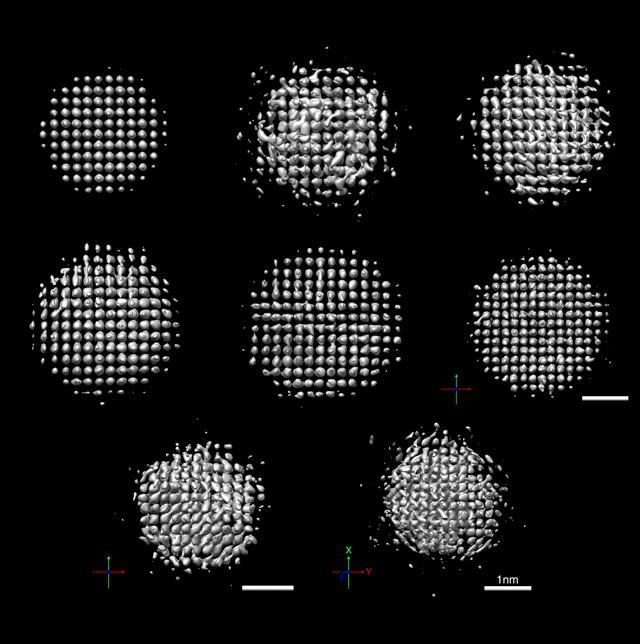
Researchers at Berkeley Lab have captured 3D images of nanoparticles in liquid with atomic precision, and developed an ultrathin electrical switch that could further miniaturize computing devices and personal electronics without loss of performance.
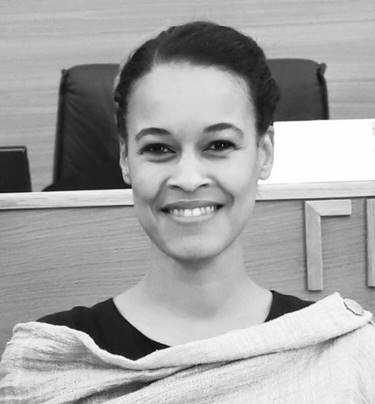
In this Q&A Satya Gontcho A Gontcho, a lead observer for the Dark Energy Spectroscopic Instrument (DESI), shares her experiences at the DESI site near Tucson, Arizona, including evening observing stints to run through detailed checklists and probe how the instrument’s components are working.

In a machine learning challenge dubbed the 2020 Large Hadron Collider Olympics, a team of cosmologists from Berkeley Lab developed a code that best identified a mock signal hidden in simulated particle-collision data.
Atomic distortions emerging in the electrode during operation provide a “fast lane” for the transport of lithium ions.
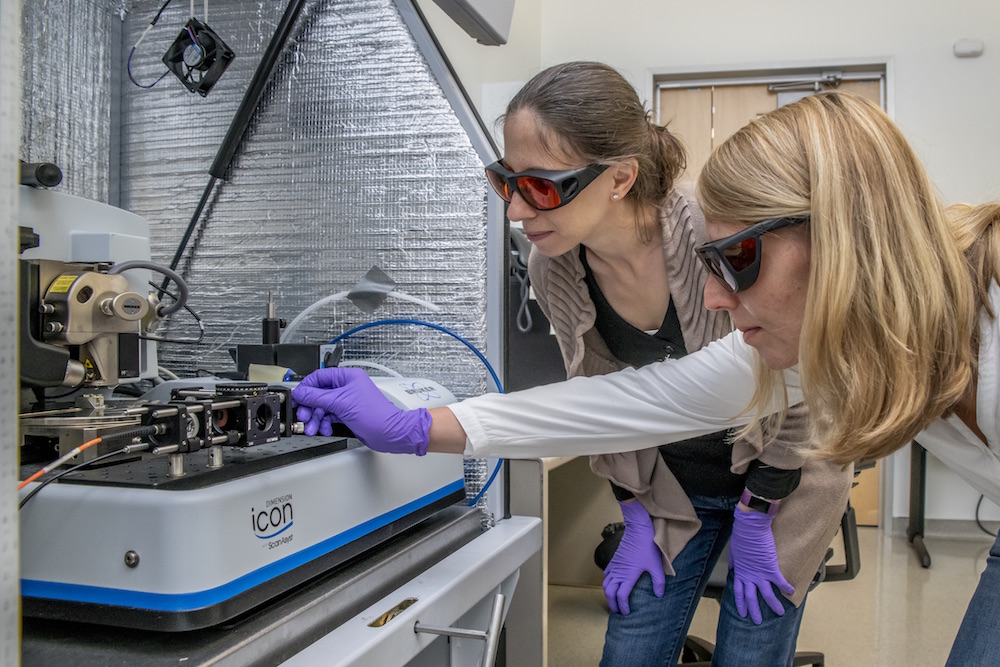
As we look back at a decade of discovery, we highlight 10 achievements by scientists at Berkeley Lab and the Joint Center for Artificial Photosynthesis that bring us closer to a solar fuels future.
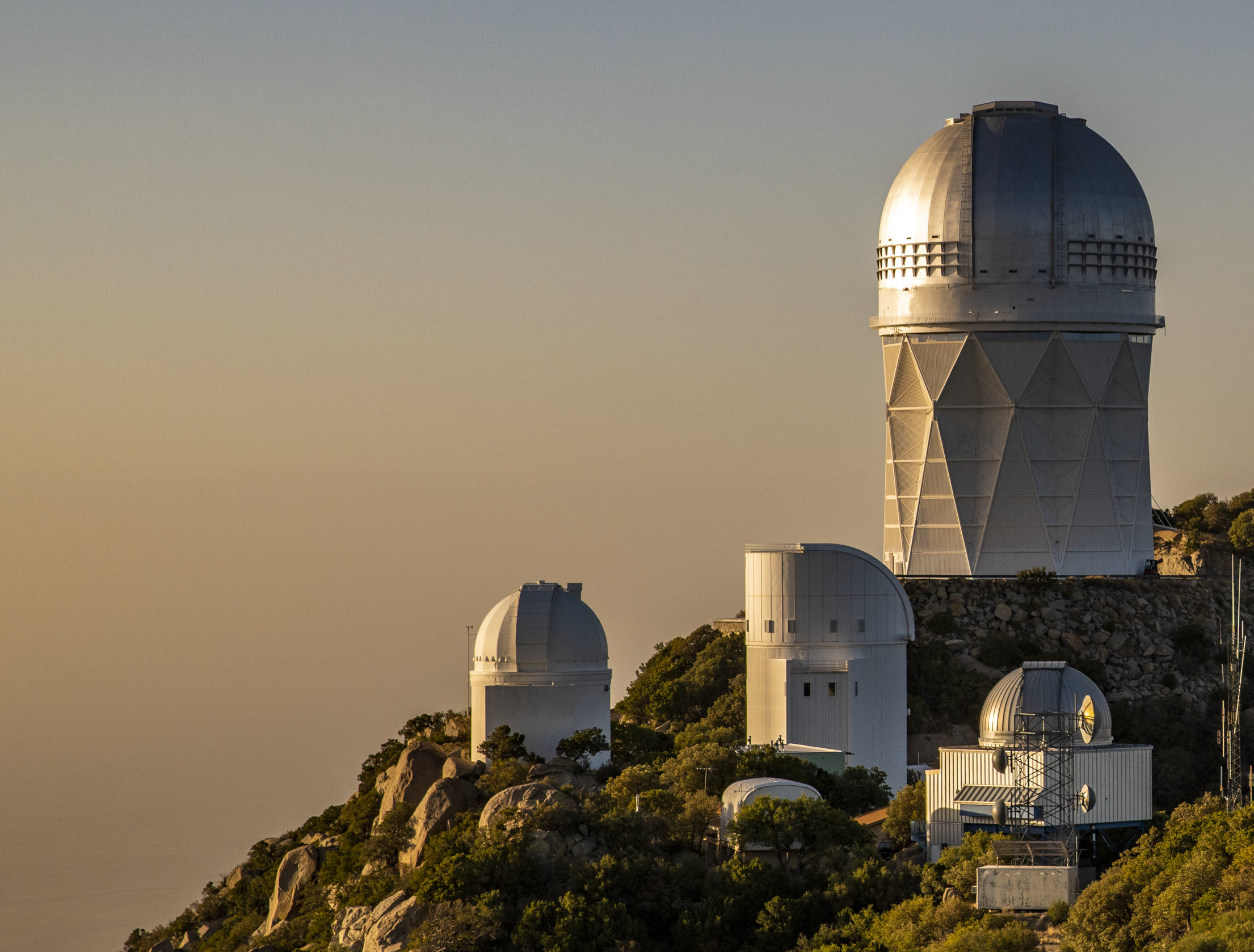
Members of the media are invited to attend a mid-April dedication of the Dark Energy Spectroscopic Instrument (DESI), which is scheduled to begin its five-year mission to construct a 3D map of the universe in the coming months.
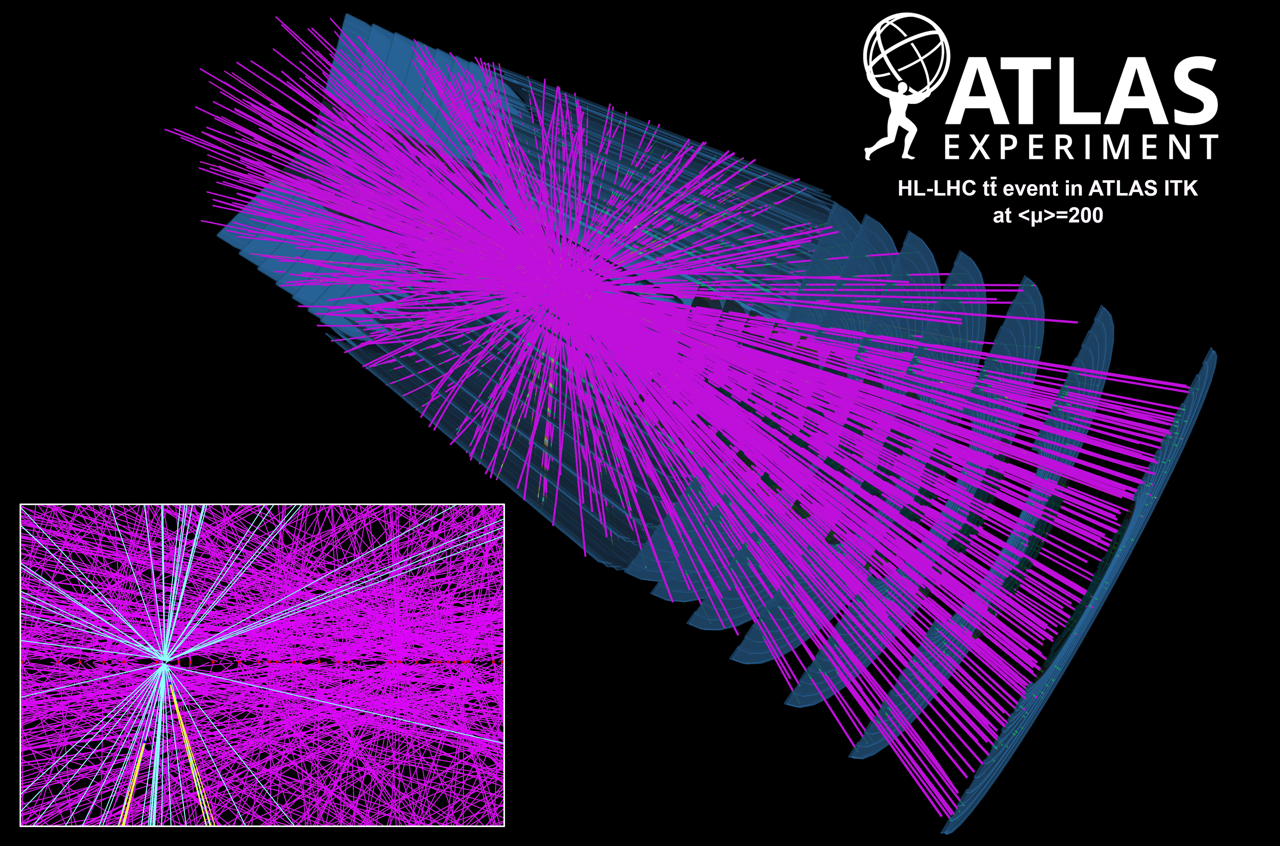
Giant-scale physics experiments are increasingly reliant on big data and complex algorithms fed into powerful computers, and managing this multiplying mass of data presents its own unique challenges. To better prepare for this data deluge posed by next-generation upgrades and new experiments, physicists are turning to the fledgling field of quantum computing.
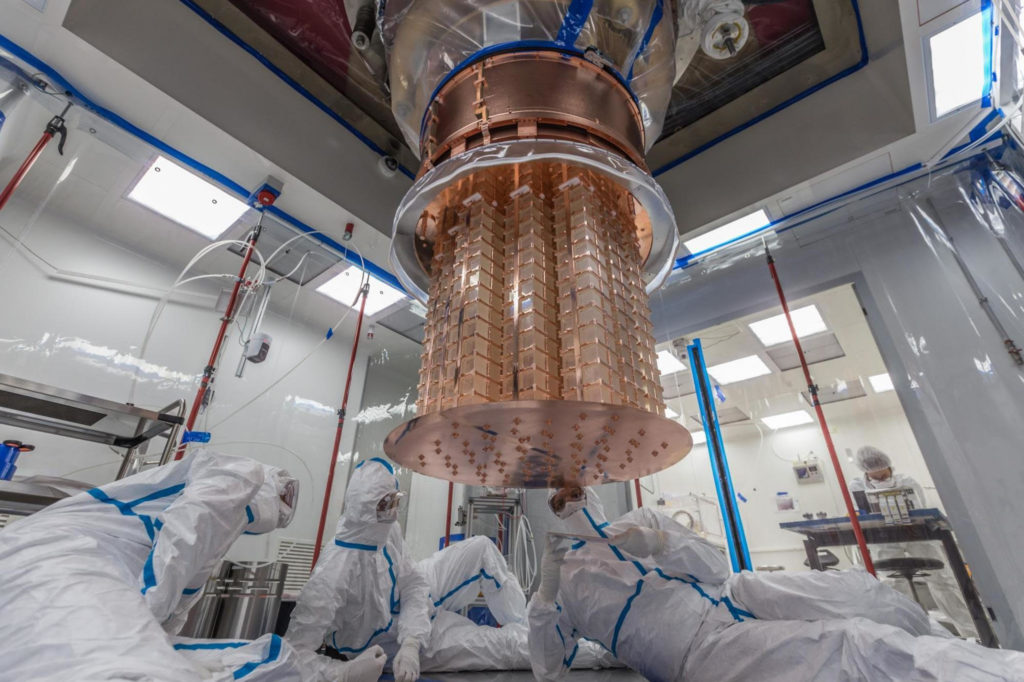
The largest set of data yet from an underground experiment called CUORE sets more stringent limits on a theoretical ultra-rare particle process known as neutrinoless double-beta decay that could help to explain the abundance of matter over antimatter in the universe.
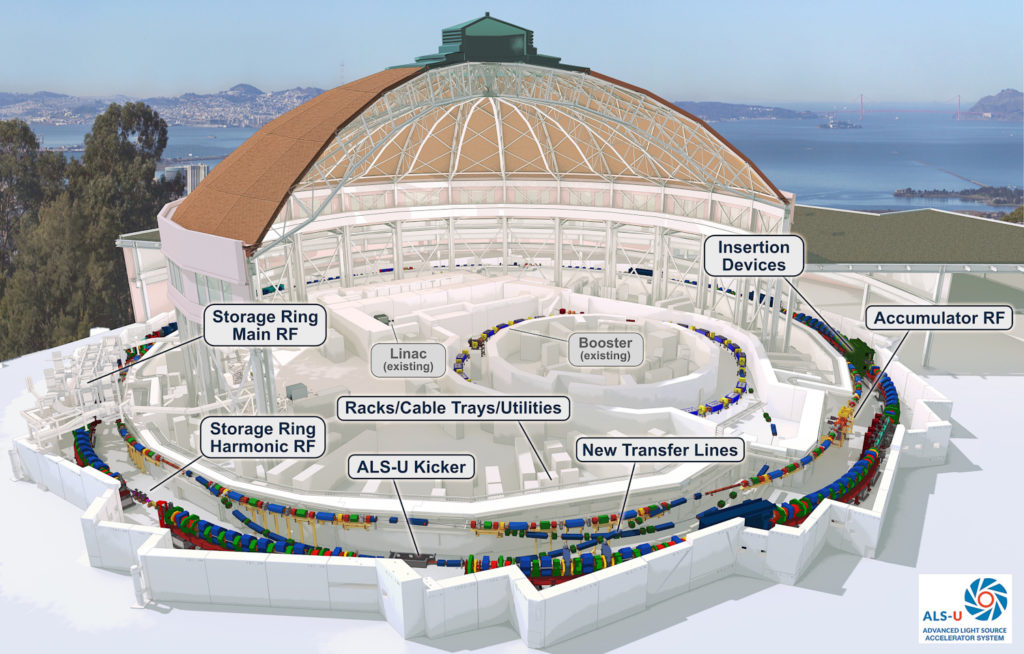
An upgrade of the Advanced Light Source, a synchrotron at the U.S. Department of Energy’s Lawrence Berkeley National Laboratory (Berkeley Lab), has passed an important milestone that will help to maintain the ALS’ world-leading capabilities. On Dec. 23 the DOE granted approval for a key funding step that will allow the project to start construction on a new inner electron storage ring known as an accumulator ring.
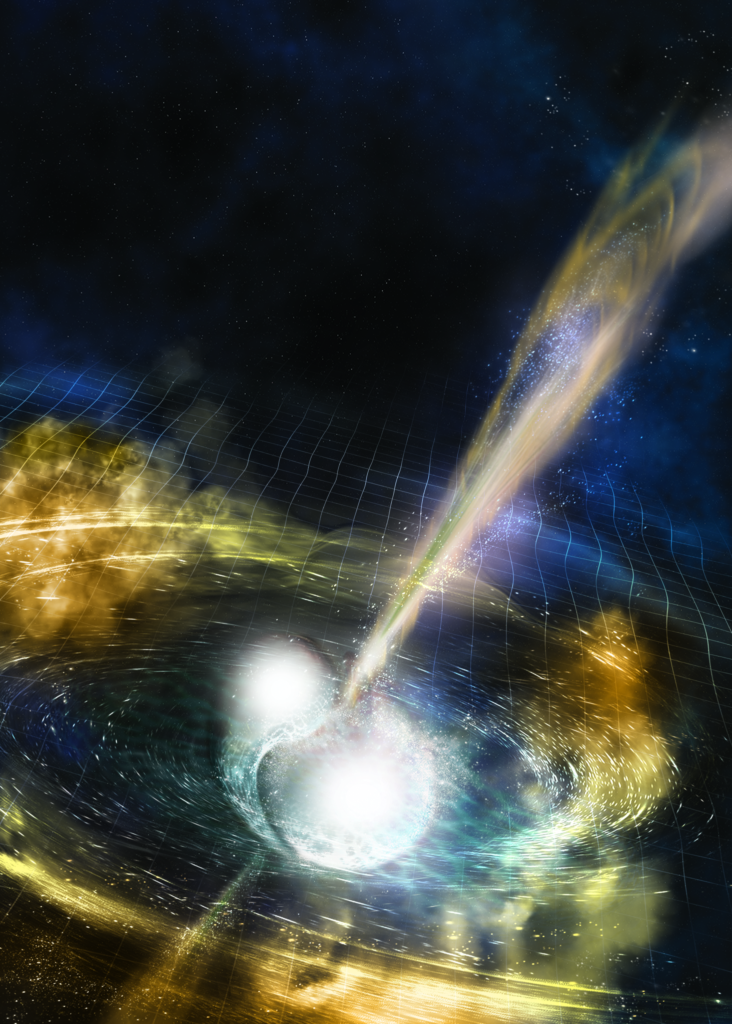
A team led by scientists that included Berkeley Lab researchers has simulated the formation of a disc of matter, a giant burst of ejected matter, and the startup of energetic jets in the aftermath of a merger by two neutron stars.
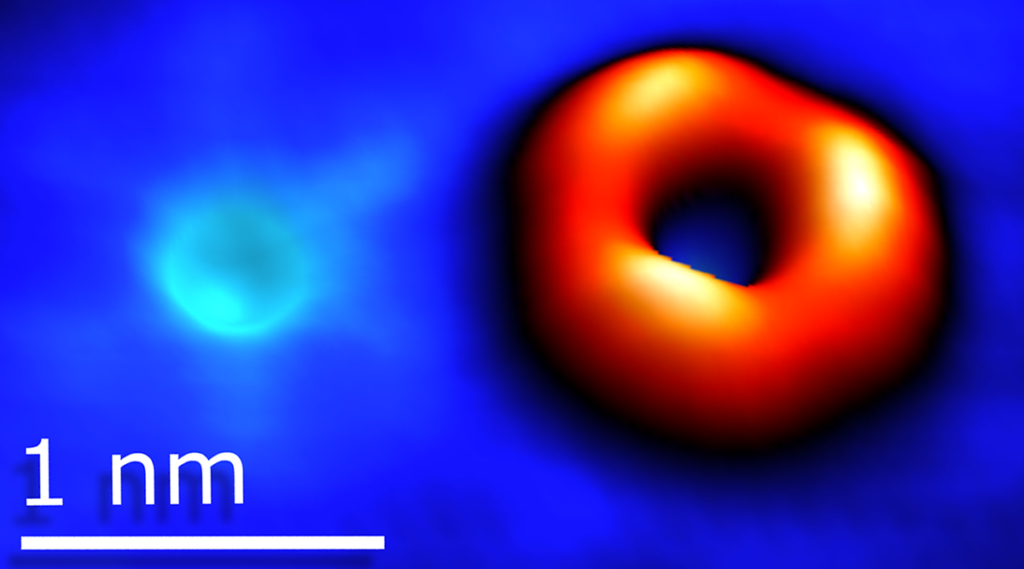
Scientists at Berkeley Lab have revealed how atomic defects emerge in transition metal dichalcogenides, and how those defects shape the 2D material’s electronic properties. Their findings could provide a versatile yet targeted platform for designing 2D materials for quantum information science.
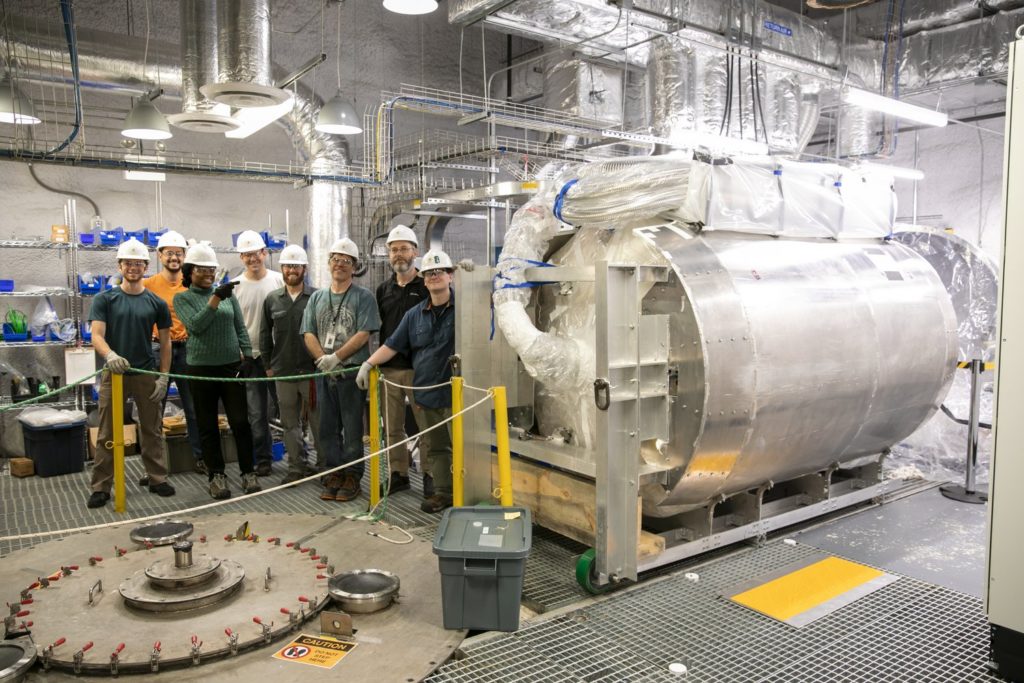
Last week, crews at the Sanford Underground Research Facility in South Dakota strapped the central component of LUX-ZEPLIN – the largest direct-detection dark matter experiment in the U.S. – below an elevator and s-l-o-w-l-y lowered it 4,850 feet down a shaft formerly used in gold-mining operations.
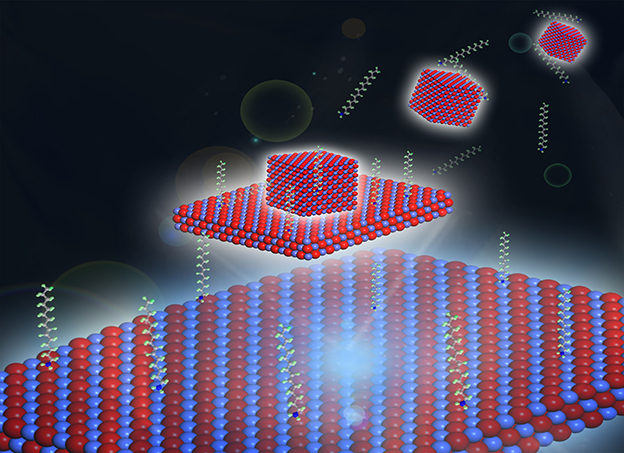
A team of scientists led by the Department of Energy’s Lawrence Berkeley National Laboratory (Berkeley Lab) has gained valuable insight into 3D transition metal oxide nanoparticles’ natural “edge” for 2D growth.

Berkeley Lab is one of five sites around the globe that is building detector panels for an upgrade project that will improve the performance of a particle detector’s inner tracking system – including its resolution to take snapshots of particle collisions, its durability, and data-collection speed.
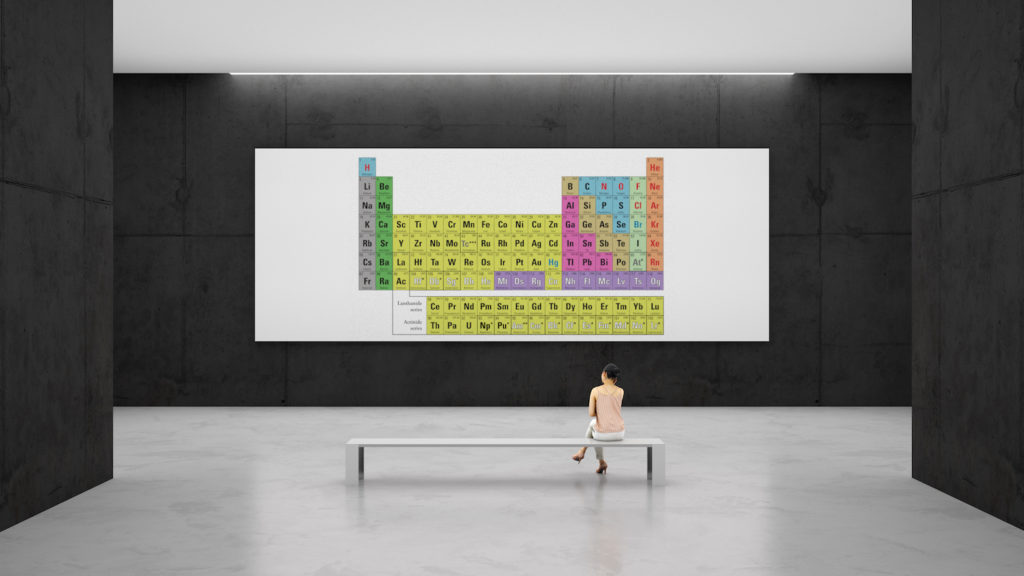
To learn more about the chemical processes in oil paints that can damage aging artwork, a team led by researchers at the National Gallery of Art and the National Institute of Standards and Technology conducted a range of studies that included 3D X-ray imaging of a paint sample at Berkeley Lab’s Advanced Light Source.
Berkeley Lab scientists participate in the discovery of ognitite; other candidate new-mineral studies in progress Like a tiny needle in a sprawling hayfield, a single crystal grain measuring just tens of millionths of a meter – found in a borehole sample…